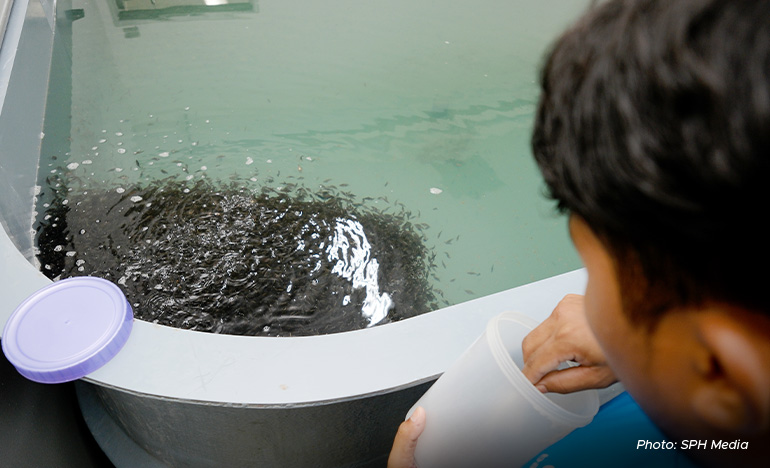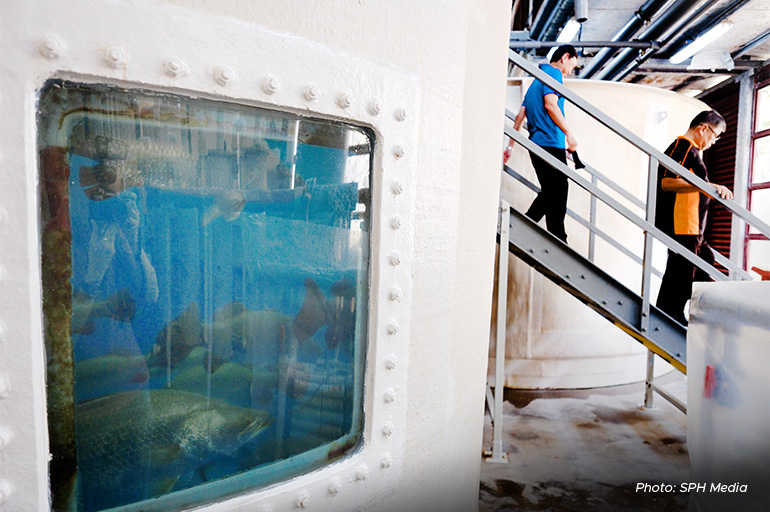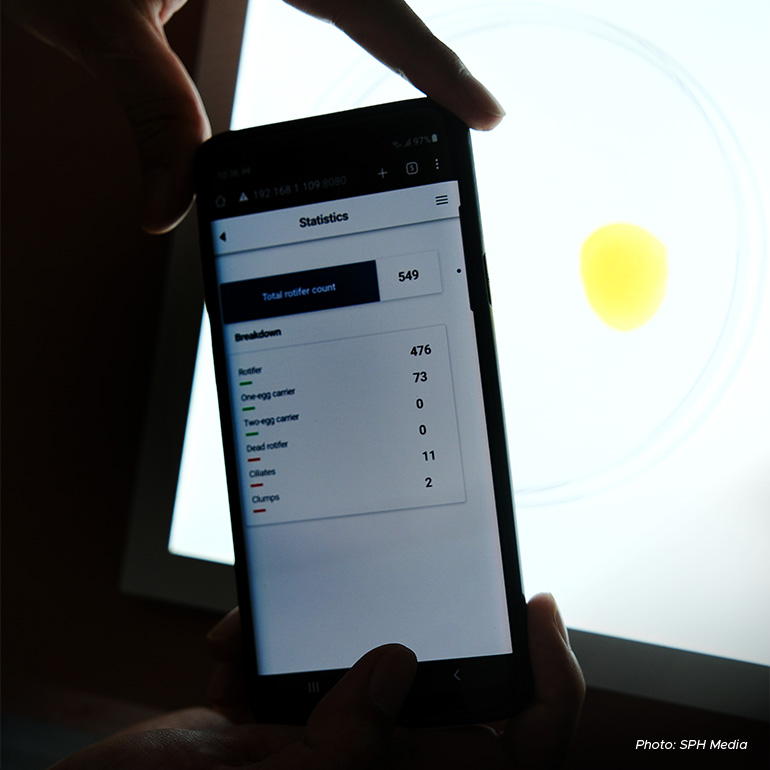As Singapore looks to ramp up its fish production for food security, the Republic’s strengths in aquaculture technologies can be shared and exported to its neighbouring countries and other tropical marine regions.
The technologies include intensive indoor farming systems, hatchery expertise and genetics-based selective breeding to produce faster-growing and meatier Asian sea bass, or barramundi, said Dr Jiang Junhui, Director of the Singapore Food Agency’s (SFA) aquaculture department.
Tropical marine fishes – which include barramundi, tilapia, red snapper and grouper – comprise just a small percentage of total fish production globally, and Singapore’s farms focus on such species.
“Singapore has the opportunity to position itself as an R&D (research and development) hub for sustainable tropical aquaculture, and our companies can become a key exporter of (such) technologies and solutions,” Dr Jiang added.











